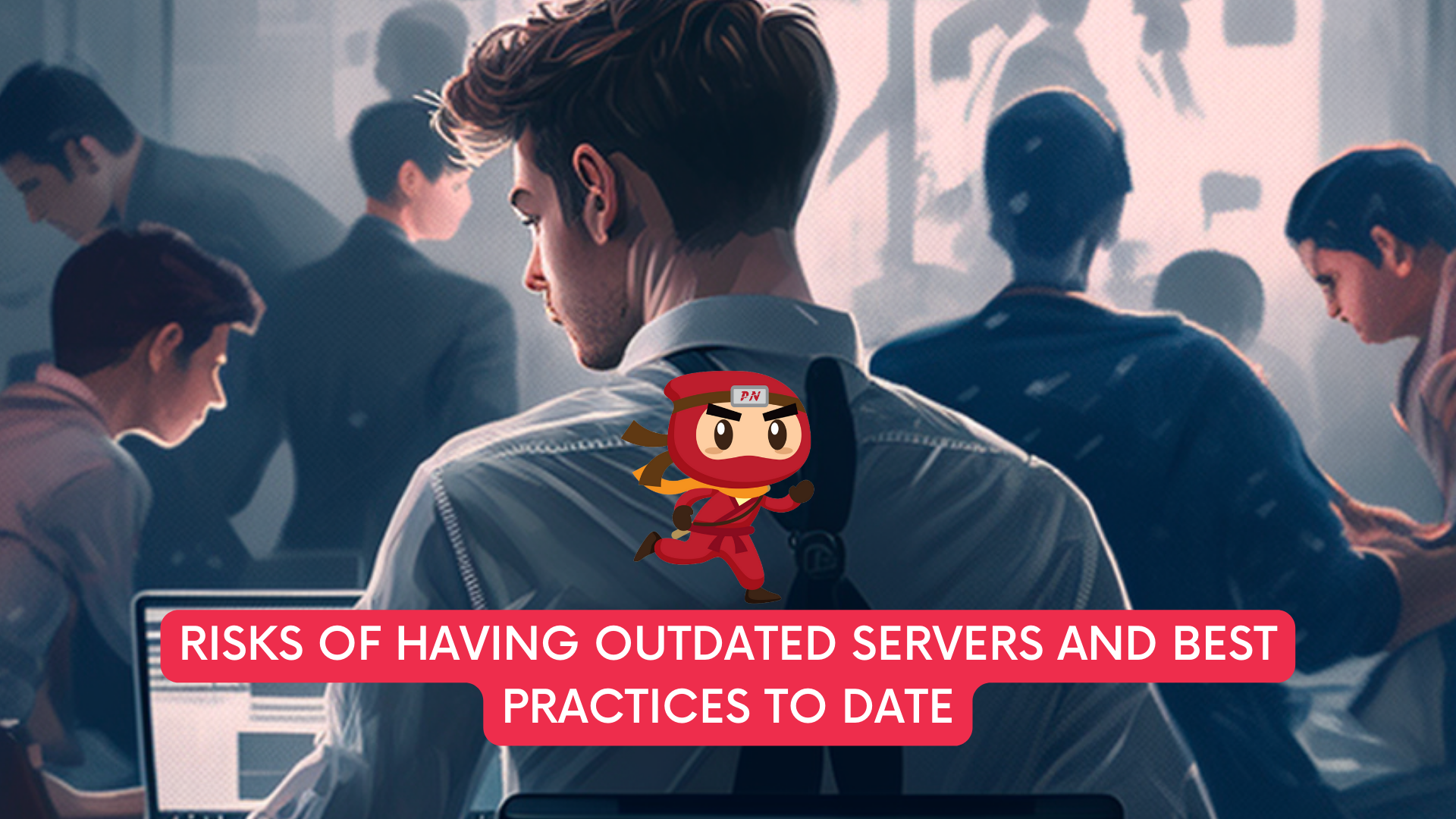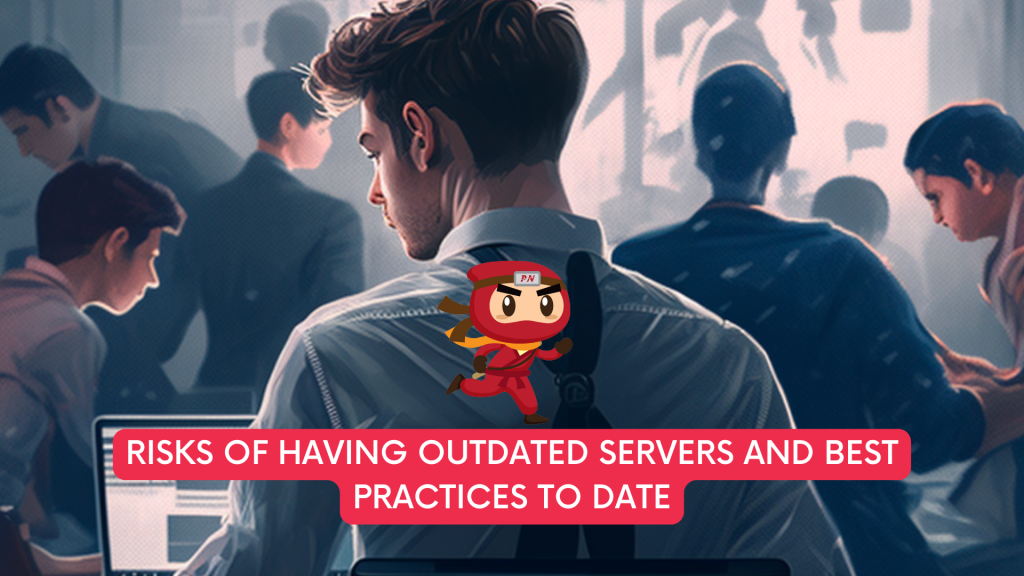KEEP IN TOUCH
Subscribe to our mailing list to get free tips on Data Protection and Cybersecurity updates weekly!







In the dynamic world of digital technology, the perils associated with running outdated servers are increasingly prominent, posing significant threats to an organization’s security and overall stability. With the expansion of attack surfaces due to the growing number of remote workers, widespread adoption of public cloud services, interconnected supply chains, and utilization of cyber-physical systems, businesses are exposed to new and more sophisticated cyber threats.
As cybercriminals continue to exploit vulnerabilities in obsolete systems, organizations must prioritize keeping their servers up-to-date to mitigate the risk of unauthorized access, data breaches, and other potential security incidents. If not prioritized, the following are the risks of having an outdated server in place:

In the rapidly changing world of technology, organizations must continually adapt to maintain efficiency and security. Outdated systems can pose significant risks and hinder progress. In this context, it is crucial to understand and implement the best practices for managing these systems to ensure a smooth transition and maintain optimal performance. The following are some key best practices that can help organizations navigate the challenges posed by outdated systems.
The risks associated with outdated servers can have far-reaching consequences for organizations, compromising their security, stability, and overall performance. As technology continues to evolve and cyber threats multiply, it is of utmost importance for businesses to stay vigilant and up-to-date with their server management practices.
Implementing robust best practices can not only mitigate these risks but also ensure a secure and efficient infrastructure that promotes operational excellence. By addressing these challenges head-on and adopting a proactive approach, organizations can protect their sensitive data, critical systems, and ultimately, their reputation in today’s highly competitive digital landscape.

Your appointed DPO can work with you on your PDPA compliance, ensuring that there will be policies in place to make sure that the handling of personal data is PDPA compliant. This includes promptly responding to the PDPC with their queries to expedite the investigations and prevent a harsher penalty from the Commission.
A Data Protection Officer (DPO) oversees data protection responsibilities and ensures that organisations comply with the Personal Data Protection Act (PDPA). Furthermore, every Organization’s DPO should be able to curb any instances of PDPA noncompliance as it is the officer responsible for maintaining the positive posture of an organisation’s cybersecurity.
DPOs complement organisations’ efforts to ensure that the organisation’s methods of collecting personal data comply with the PDPA. It also ensures that policies are set in place to make sure that there will be no instances of data breaches in the future.
Don’t wait any longer to ensure your organisation is PDPA compliant. Take our free
3-minute PDPA Compliance Self-audit checklist now, the same “secret weapon” used by our clients to keep them on track. Upon completion, we will send you the results so you can take the necessary action to protect your customers’ data. Complete the free assessment checklist today and take the first step towards protecting your customers’ personal data.